How to use the Galaxy Gear S2 (or other Android watch) with an iPhone
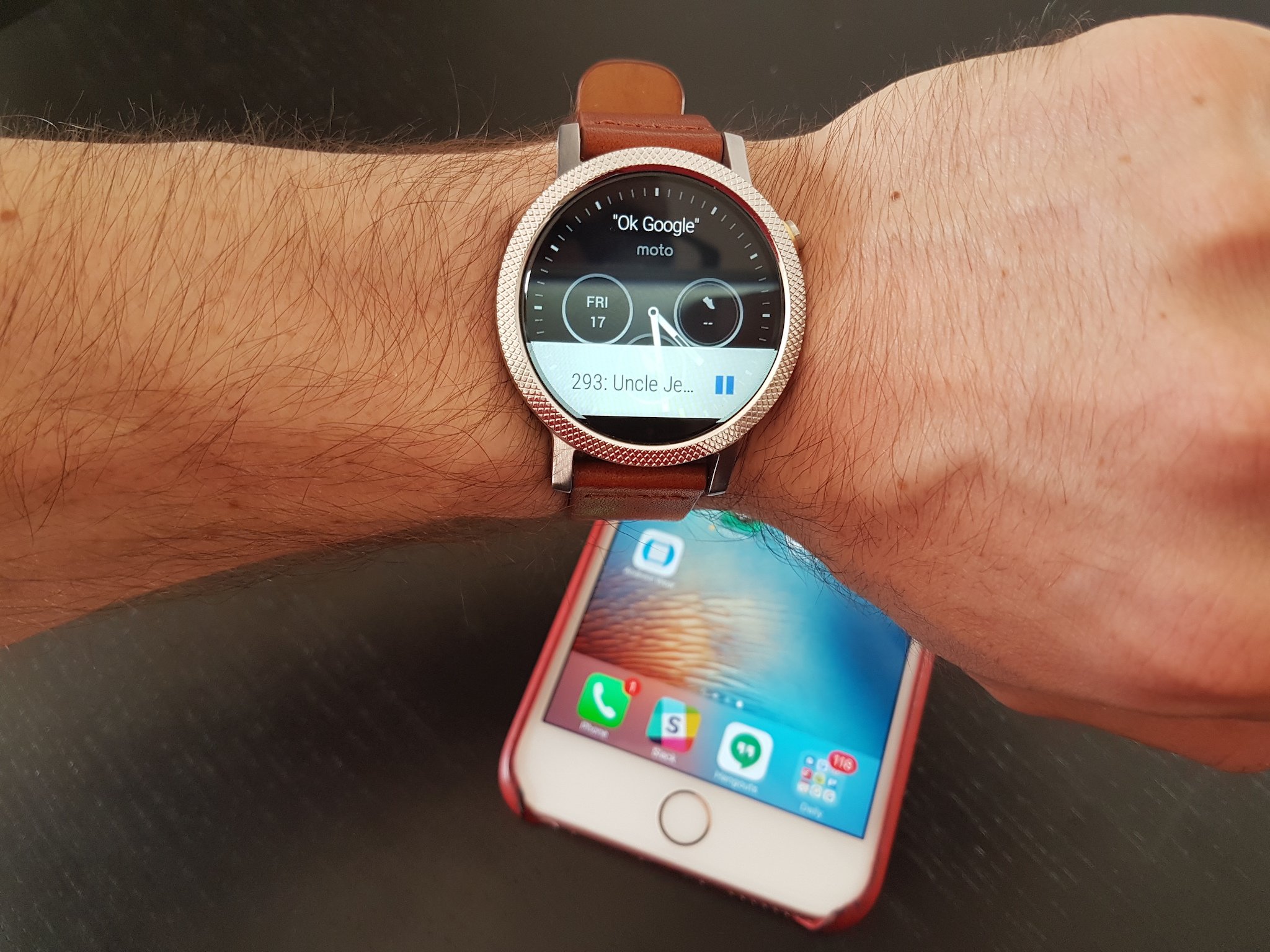
Android Wear has been around for just over two years, and it is slowly gaining traction among watch enthusiasts. As early functional designs from LG and Samsung have given way to stylish and mainstream products from Motorola, Huawei and even Fossil and Tag Heuer, Android Wear provides an assortment of great styles at prices often half that of an Apple Watch.
And while the Apple Watch may be the premiere smart wearable for the iPhone, many others, including Android Wear smartwatches, are compatible as well. While the experience isn't always as comprehensive as the Apple Watch, Google has ensured that Android Wear devices maintain quite a bit of functionality — including access to notifications, watch faces and, perhaps more importantly, Google Now.
What is Android Wear, exactly?
Like the Apple Watch, the Pebble Time, and many other so-called smartwatches, Android Wear is a platform based on Android itself, but pared down to be used on a wrist-based wearable.
Unlike watchOS, it uses card-based user interface to navigate vertically through stacks of notifications, some from apps, others from services like Google Now, which attempts to predict what you want to know when you need to know it.
Is Android Wear going to be as good on my iPhone as on an Android phone?
Not exactly, but close. Google isn't privy to the same low-level system access on the iPhone as it has on Android, so it's not possible to take actions directly from notifications when paired with an iPhone as you would on, say, a Galaxy S7. There are also fewer apps available, since Google must distribute them directly from inside the Android Wear app, rather than through the much more versatile Google Play Store.
But there are great things, too.
Will my Android Wear smartwatch work with my iPhone?
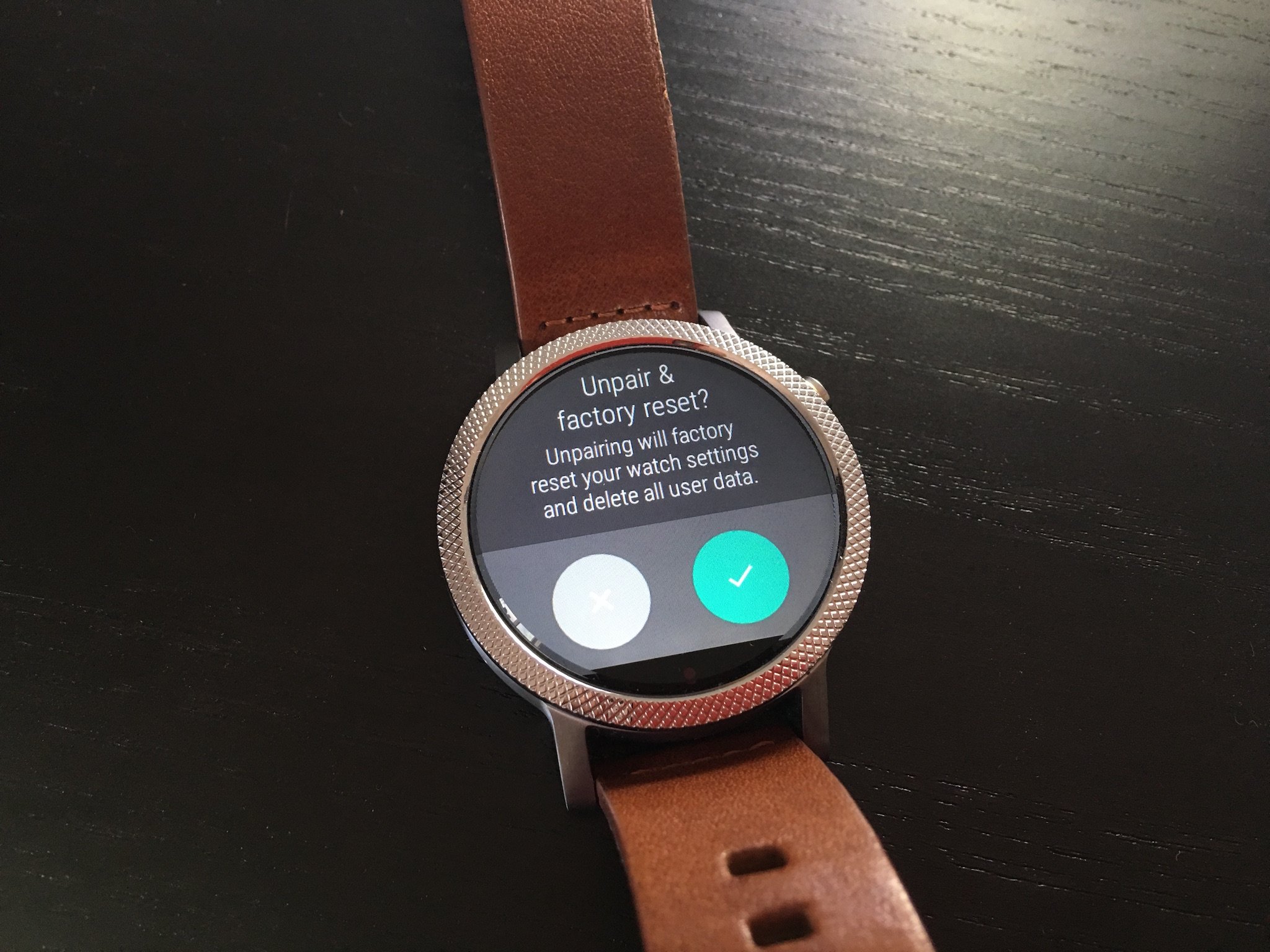
Before you get started, you need to figure out whether your watch is compatible with your iPhone.
Master your iPhone in minutes
iMore offers spot-on advice and guidance from our team of experts, with decades of Apple device experience to lean on. Learn more with iMore!
Google says that your iPhone must be on a minimum version of iOS 8.2 or above, which is pretty well over 90% of iPhones at this point. And while Google officially supports the following Android Wear products, we've confirmed that many others are compatible, too.
- ASUS ZenWatch 2
- Huawei Watch
- Fossil Q Founder
- LG Watch Urbane
- Moto 360 (2nd Gen)
- Moto 360 for Women
- Moto 360 Sport
- TAG Heuer Connected
How to connect your Android Wear device to an iPhone
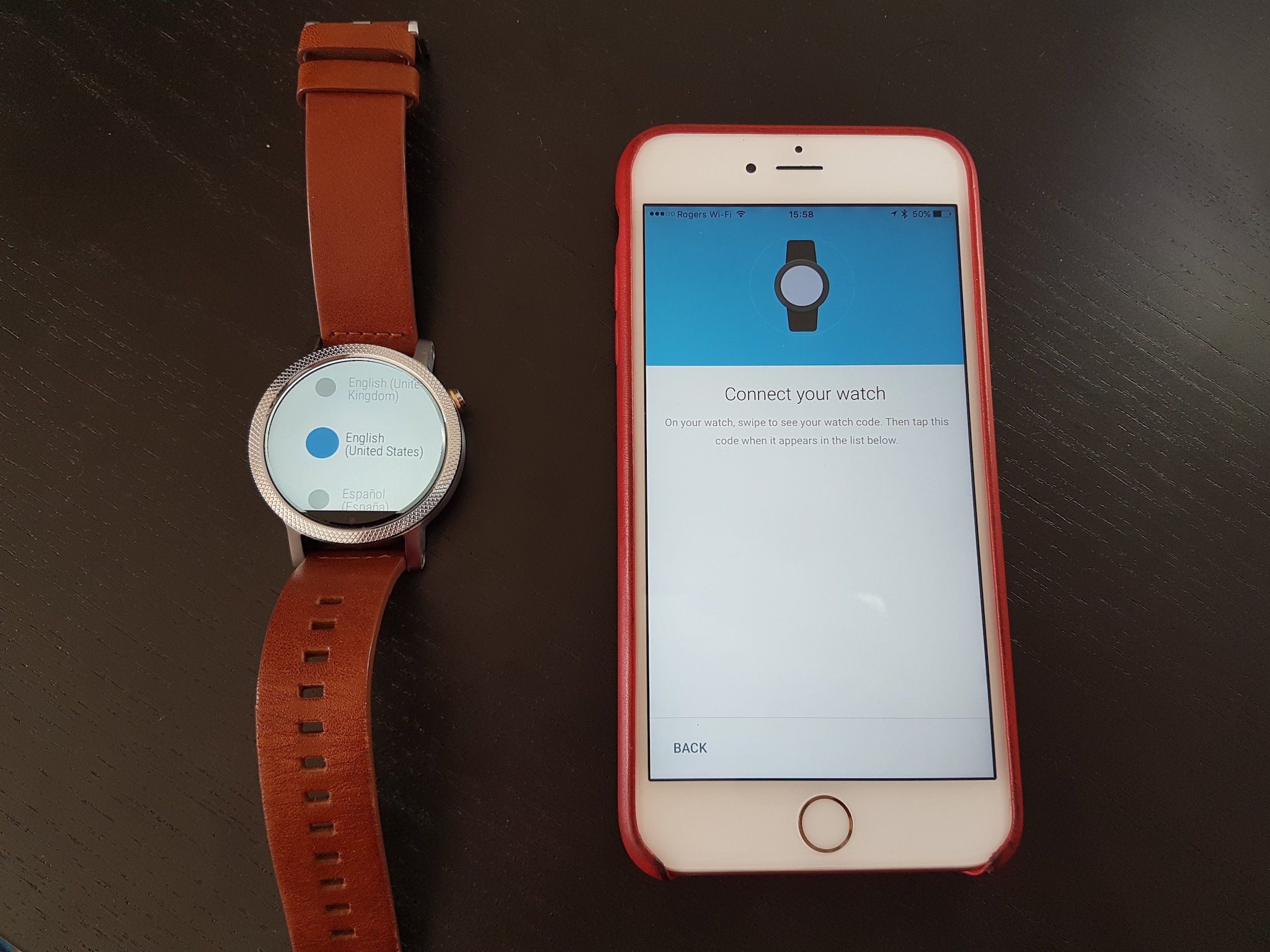
- On your iPhone, Download the Android Wear app.
- Turn on your Android Wear watch and ensure it is reset to factory settings.
- On your iPhone, open the Android Wear app and proceed through the instructions, until you reach the Connect to your watch screen.
- On your Android Wear watch, choose your language.
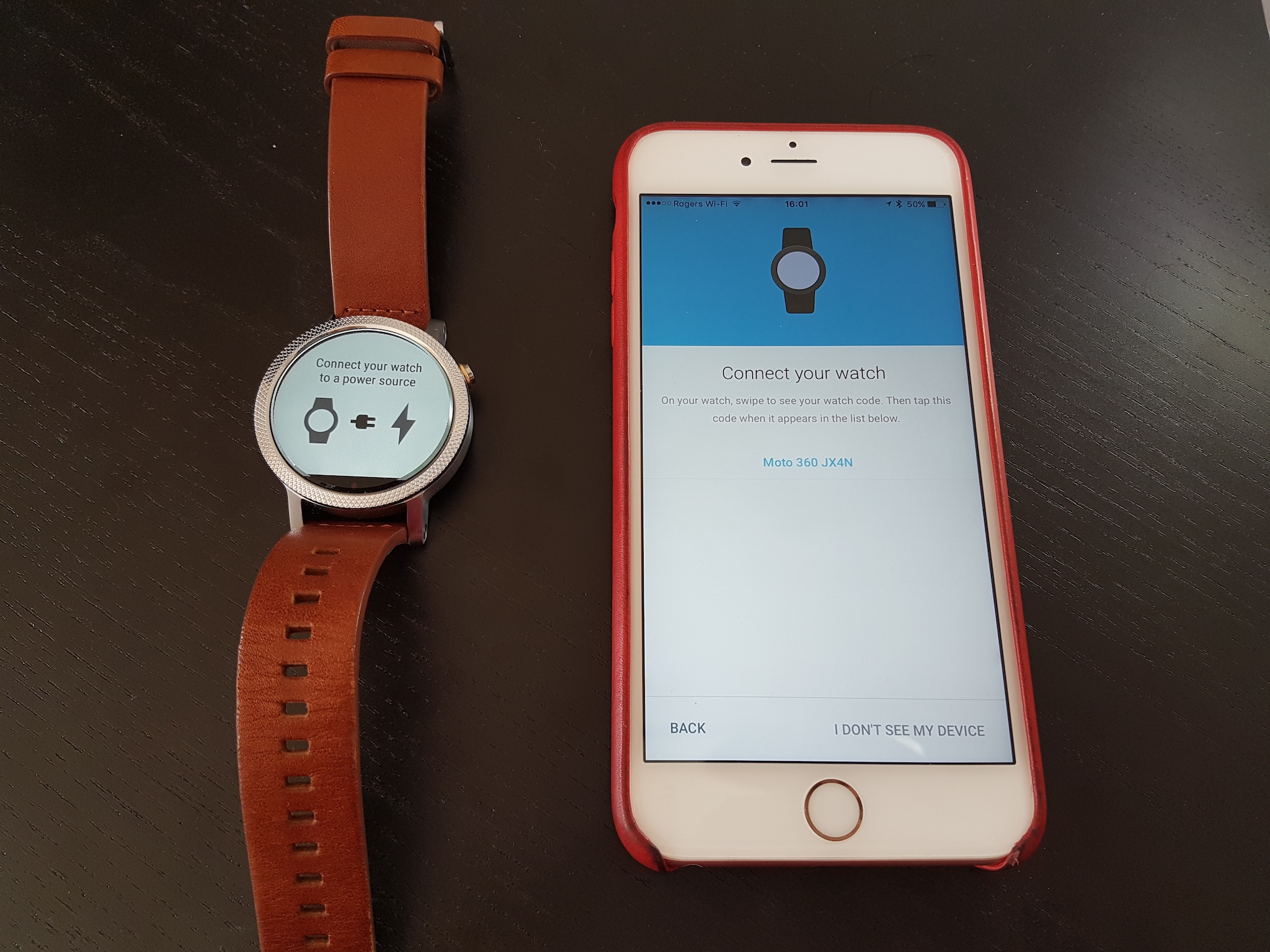
- Proceed through the instructions until the Android Wear model shows up on your iPhone.
- On your iPhone, tap the model number and accept Bluetooth Pairing Request on phone. Ensure the pairing code matches the one on your watch.
- Once paired, sign into your Google account (if you aren't already).
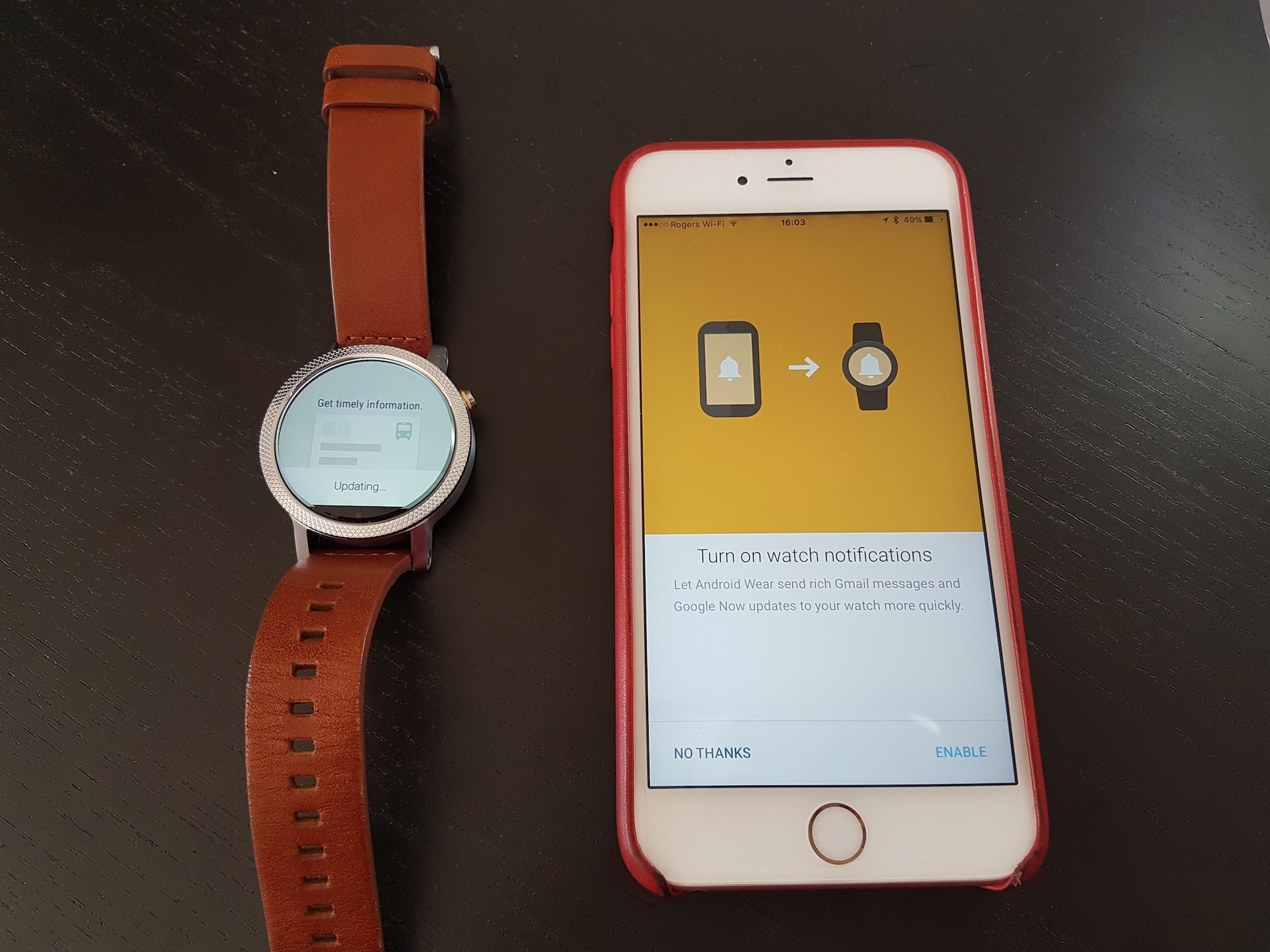
- Turn on watch notifications.
- Turn on location.
- Enable calendar access if desired.
What now?
When the pairing and syncing procedure is complete, you can feel free to customize your Android Wear watch from the iPhone app. This includes changing watch faces, or learning about the wearable's functionality.
As when paired to an Android phone, users can interact with Google Now on the watch because the Android Wear app for iPhone remains open in the background (in a low-power state) to route any voice requests.
What can you do with an Android Wear device paired with an iPhone?
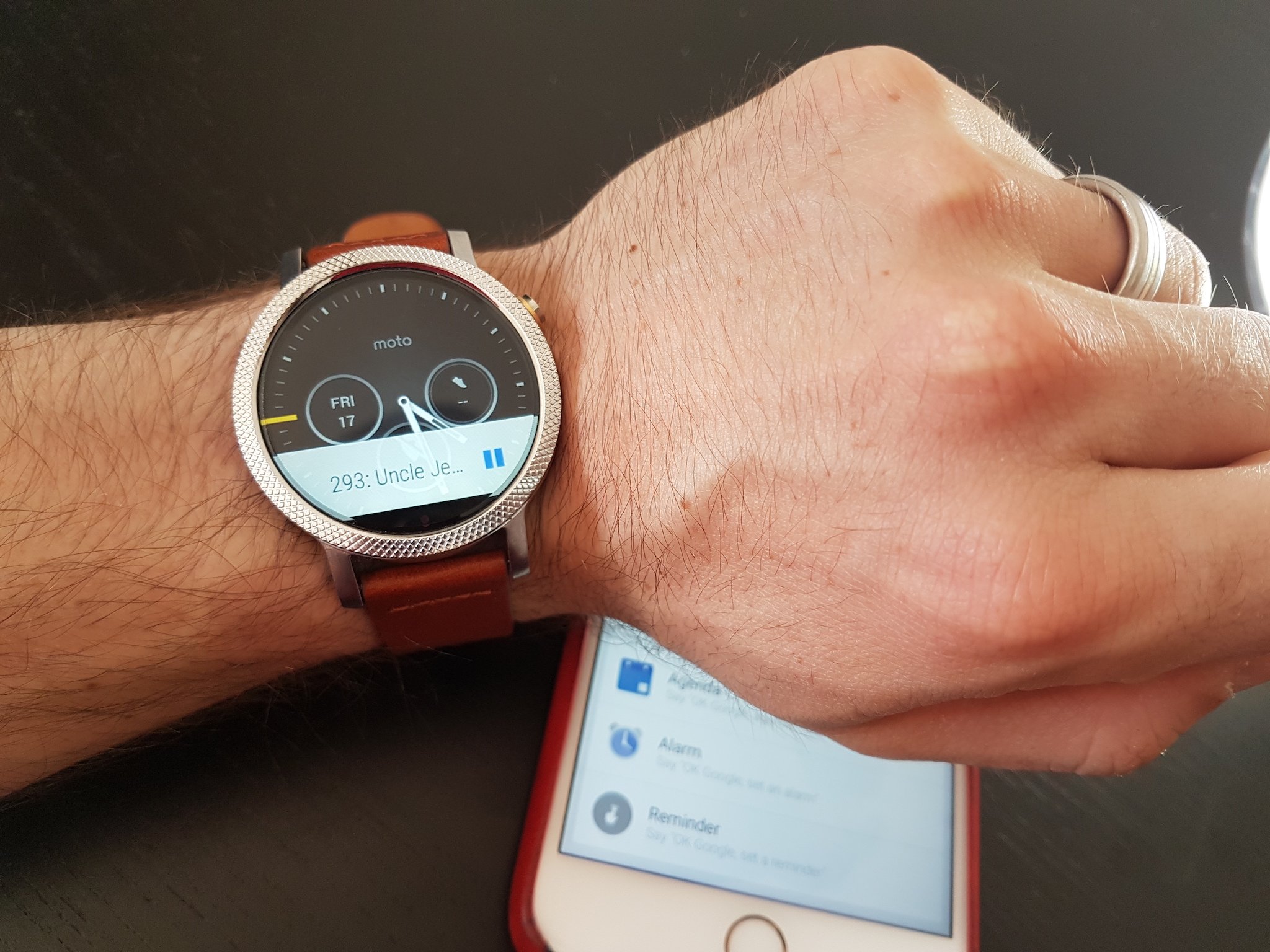
Lots of stuff, especially when connected to Google Now.
In addition to receiving all of your iPhone's notifications, when connected to Google Now your Android Wear device can sync your preferences and information, such as favorite places, sports teams, stocks, and media. The service also provides Google Now cards for any birthdays, flights, hotel reservations, movie releases, public alerts, restaurant reservations, public transit times, road traffic, and weather, if you have chosen to sync them.
That can lead to a lot of notifications — perhaps more than you want on your wrist. Unfortunately, due to system limitations, to disable an app notification on your watch you must disable it on your iPhone. That's the one major downside to using Android Wear (or Pebble, or any smartwatch platform that isn't Apple Watch) on Apple's mobile platform.
Other things that are great: you can use the existing navigation gestures to navigate between cards on your Apple Watch. Twisting your wrist forward or back, or lifting and lowering your arm, can navigate between cards or enter and exit them, respectively. These gestures take some getting used to, but there is a tutorial available in the watch's settings.
So, is it worth it?
Absolutely! I love pairing my Moto 360 (2nd gen) to my iPhone 6s Plus, because I love the look, and I really enjoy receiving relevant Google Now cards. While Android Wear doesn't have the same amount of functionality — the lack of apps is frustrating — as the Apple Watch, there are some distinct advantages.
First is price: You can pick up a Moto 360 (2nd gen), Asus ZenWatch 2, or LG Watch Urbane for under $150 if you know where to look. And because I'm a fan of round watches, I often find the understated aesthetic of the Moto 360 preferable to the Apple Watch depending on the day and what I'm wearing with it.
The second is Google Now: If you're invested in the Google platform, you've likely already enabled and configured Google Now to your tastes on either Android or the excellent Google app on iOS. Either way, having an existing relationship with Google Now sends just the right alerts to your wrist at just the right time. It's like magic.
The third is choice: If you decide to leave iOS for Androidy-green pastures, you can take your Android Wear watch with you. You'll likely never be able to pair an Apple Watch to your Galaxy or Nexus, and that's the way Apple likes it.
Did we miss anything? Anything else you want to know? What's your experience been like connecting your Android Wear device to your iPhone? Let us know in the comments!
Daniel Bader is a Senior Editor at iMore, offering his Canadian analysis on Apple and its awesome products. In addition to writing and producing, Daniel regularly appears on Canadian networks CBC and CTV as a technology analyst.

